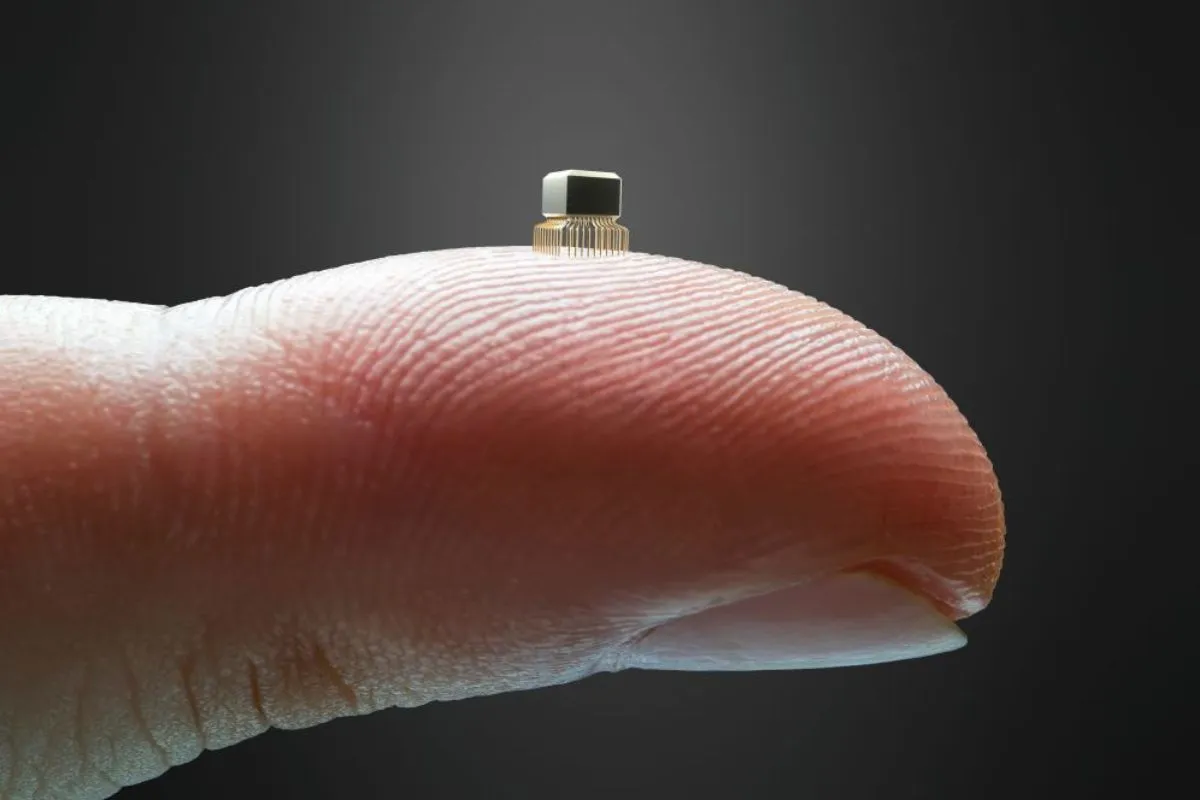In the ever-evolving world of technology, there’s one principle that has held true for decades. Shaping the very foundation of modern computing: Moore’s Law. Coined by Gordon Moore, the co-founder of Intel, in 1965, this law has become a guiding star for the semiconductor industry and the entire tech ecosystem. In this blog, we’ll delve into the origins of Moore’s Law, its implications, and its future in an era where technology continues to redefine our lives.
The Birth of Moore’s Law
Gordon Moore’s seminal paper, “Cramming More Components onto Integrated Circuits,” published in Electronics Magazine, was the catalyst for Moore’s Law. In this visionary article. Moore made a ground-breaking observation: the number of transistors on a microchip was doubling approximately every two years. This observation was not just a theoretical prediction but a self-fulfilling prophecy that set the pace for technological innovation.
Implications of Moore’s Law
- Exponential Growth: Moore’s Law is a testament to the remarkable pace of technological advancement. The doubling of transistors on a chip led to a similar increase in computing power. As a result, we’ve seen dramatic reductions in the size and cost of electronics, making computing accessible to people worldwide.
- Increased Performance: With more transistors on a chip, computers have become faster and more powerful. This exponential growth has fuelled a wide range of applications, from scientific research and data analysis to video games and artificial intelligence.
- Miniaturization: Shrinking transistors also mean smaller, more energy-efficient devices. Today’s smartphones, for example, pack more computing power than early supercomputers, all while fitting into the palm of your hand.
- Economic and Industrial Impact: Moore’s Law has been a driving force in the global economy. The semiconductor industry has grown exponentially, creating millions of jobs and driving innovation in various sectors.
Challenges and the Future of Moore’s Law
While Moore’s Law has proven remarkably accurate over the years, it faces some formidable challenges as we venture into the future:
- Physical Limits: As transistors shrink, they approach the physical limits of quantum mechanics. This leads to challenges related to power consumption, heat dissipation, and the reliability of the devices.
- Economic Hurdles: The cost of developing smaller, cutting-edge semiconductor technology is soaring. Keeping up with the law’s pace has become increasingly expensive, posing financial challenges for manufacturers.
- Innovative Solutions: Researchers and engineers are exploring alternative materials and novel designs to sustain exponential growth in computing power. These include quantum computing, neuromorphic computing, and advanced chip architectures.
- Environmental Concerns: The manufacturing and disposal of electronic devices pose environmental challenges, and the rapid growth in technology has led to concerns about e-waste.
Conclusion
Moore’s Law has been the driving force behind the digital revolution, shaping the modern world and enhancing the way we live, work, and communicate. While it faces hurdles as we reach the limits of classical semiconductor technology, the spirit of innovation and the quest for progress continue to push the boundaries of computing. The legacy of Gordon Moore’s observation remains an inspiration, driving us to explore new frontiers in technology and ensuring that the future will be as exciting as the past. As we look ahead, we can only wonder what lies beyond the horizon of Moore’s Law, eager to embrace the next wave of technological transformation.



